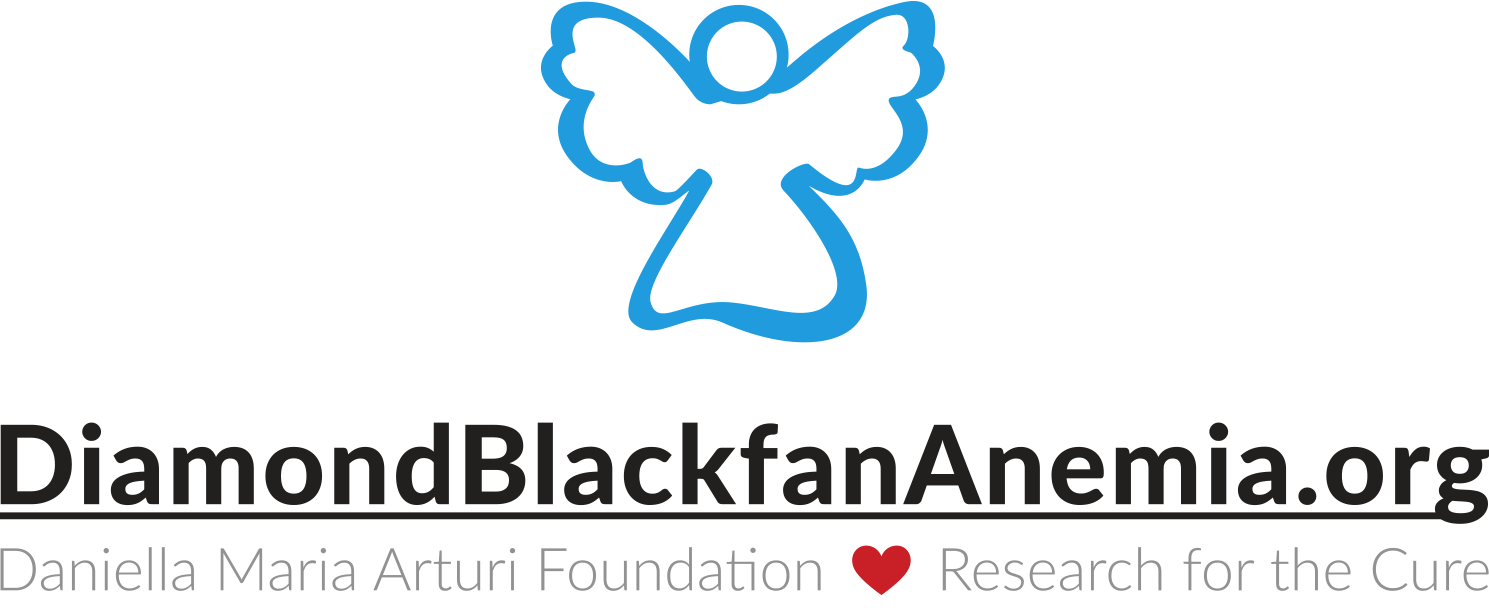CDC Activities
As many of you know, the Daniella Maria Arturi Foundation (DMAF) has worked with the United States Department of Health and Human Services’ Centers for Disease Control and Prevention (CDC) for many years on efforts to improve DBA outreach, education and surveillance initiatives. Over the course of this effort CDC together with nurses and doctors from DBA resource centers and DBA patient groups have produced a series of helpful DBA fact sheets that are helping increase awareness of DBA and the steps to take to improve the quality of life for people living with DBA.
DMAF is excited to announce that CDC has continued to expand the resources available to the DBA community by developing a Spanish version of the DBA website, available at by clicking here!
We are very proud of the work everyone in the DBA community has done over the years to make materials available for families dealing with this rare condition. The DBA Care notebook and the accompanying factsheets are a welcomed source of knowledge, hope and inspiration for our DBA families.
Please note: All of the DBA resources provided are free of charge for print via CDC’s website
Learning More by Taking a Closer Look at DBA!
CDC has been a wonderful partner, working with the DBA community to improve surveillance, outreach, and treatment for DBA patients, while also learning whether similar strategies can be applied to other rare diseases populations. Overall goals include:
- Identifying the best ways to educate and increase awareness among doctors about rare and complex diseases.
- Determining effective ways to use outreach and health monitoring to coordinate care for people with rare diseases.
- Increasing awareness about how certain genetic conditions may contribute to other diseases, like cancer, or medical complications, such as not responding to treatment.
Successes & Future Goals!
New and Improved Patient Resources & Clinical Care Tools!
CDC has partnered with DBA doctors, nurses and families to develop new and improved resources available to DBA patients and doctors worldwide that are helping DBA patients live better lives!
Printable DBA Brochures & Fact Sheets
Reaching patients and medical providers across the country and around the world to advance DBA diagnosis and the understanding of current resources, treatments and clinical trials available for DBA patients. DBA Printable Materials
DBA Clinical Care Guidelines
An international collaboration of the latest opinions on diagnosis and managing the care of DBA patients.
These guidelines include diagnostic criteria, evaluation of current treatment options such as corticosteroid and transfusion therapies and stem cell transplantation, and a proposition for optimizing patient care. Also presented are a review of congenital anomalies, genetics and reproductive choices, cancer predisposition in patients with DBA, and management of pregnancy.
This document was published in the British Journal of Hematology and is now available by clicking here.
Make Your Own DBA Care Treatment Notebook!
Download the pages created to form a specialized DBA Care Notebook that can serve as a template for patients and families to document their treatment regimen/ impacts from treatment/ general notes about patient’s daily medical situations/ improvements, set-backs, etc.
DBA Nurse Hotline
Provides dedicated “on call” DBA nurses at the Centers for patient inquiries 1-877-DBA-NURSe
DBA Centers
CDC has assisted with the growth of DBA Centers around the country including theUniversity of Texas Southwestern Medical Center, Stanford University Medical Center,Children’s Hospital Boston, and Steven & Alexandra Cohen Children’s Medical Center of NY.
CDC’s efforts have also helped encourage patient enrollment with the Diamond Blackfan Anemia Registry . The Registry gathers important health information about people with DBA, which are leading to findings that are serving as a valuable resource for scientific research to better understand DBA genetics, disease development, remission trends and improved treatment options.
What’s Next?
Maximizing Surveillance and Patient Outreach Methods
CDC is currently working with the University of Texas Southwestern Medical Center andStanford University Medical Center to extend outreach to a more diverse network of medical professionals to help identify more DBA patients, both children and adults, to help CDC gain a more complete understanding of the patient population and to help ensure DBA patients are receiving the information and resources they need to improve their quality of life. These efforts will also lead to a better understanding of iron overload issues, how DBA impacts bone development and hormone issues, evaluating remission trends, and understanding the rate of birth defects and secondary disease development.
Transition from Pediatrics to Adulthood
We are hoping to work with CDC to improve the information and resources available to DBA patients as they transition from pediatrics to adulthood. Goals include using best practices to develop new resources that will provide guidance to patients and families through many stages of a patient’s life that will improve their life choices and maximize their quality of life. Areas of focus will include information to find suitable adult doctors, guides for managing DBA independently, understanding long term development of the disease and treatment use, and reproductive options.
Improving Patient Resources
CDC’s efforts continually involve updating and improving information resources available to the DBA patient population and the medical community. As an example, CDC is currently working to create a one-page version of the Clinical Care Guidelines for easier patient and doctor referral.
